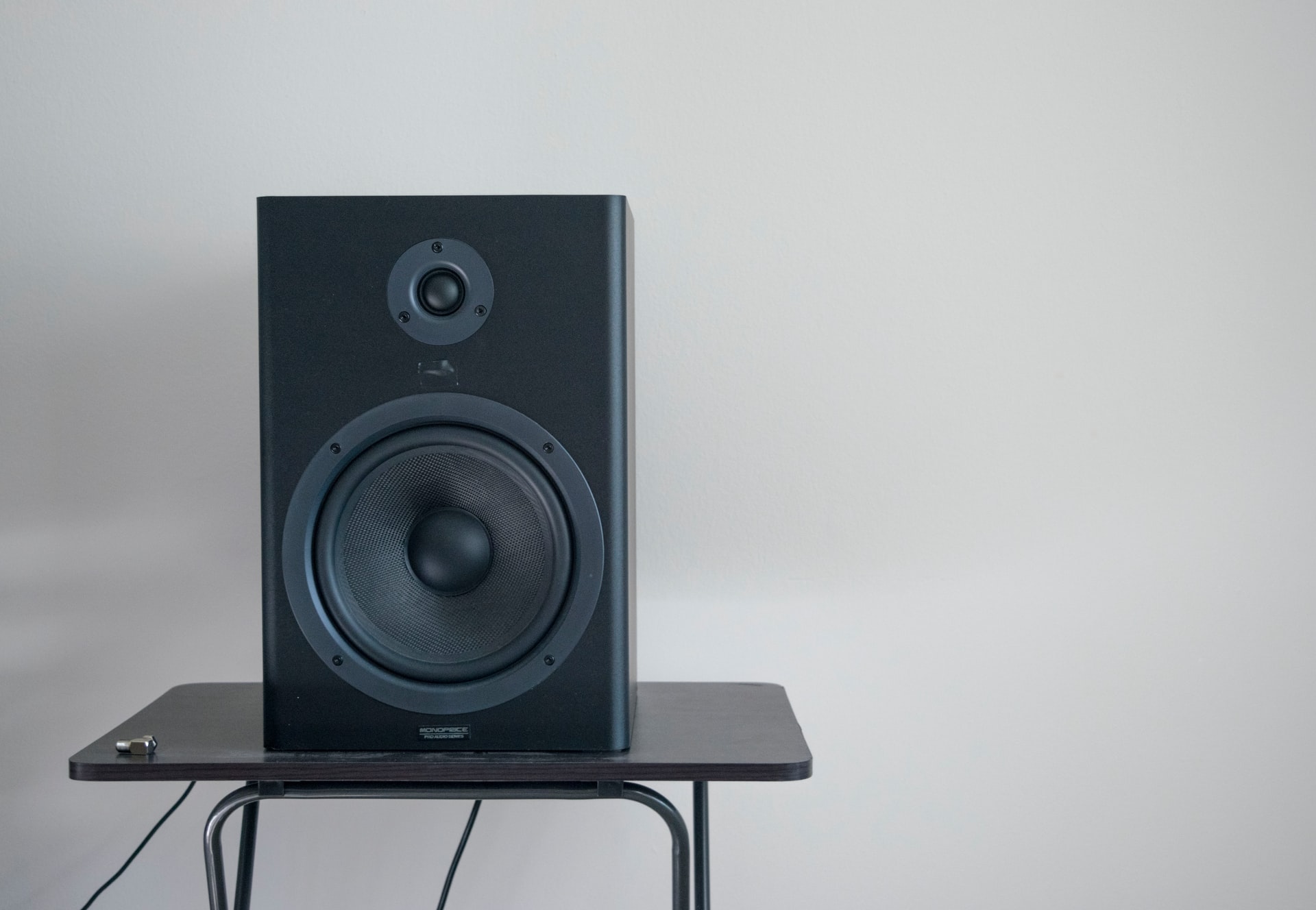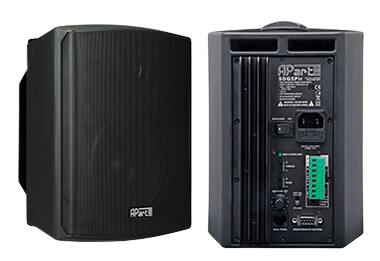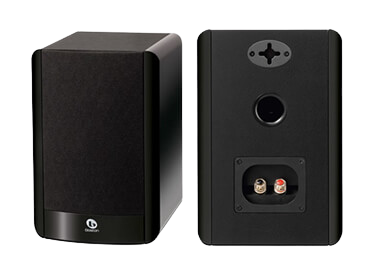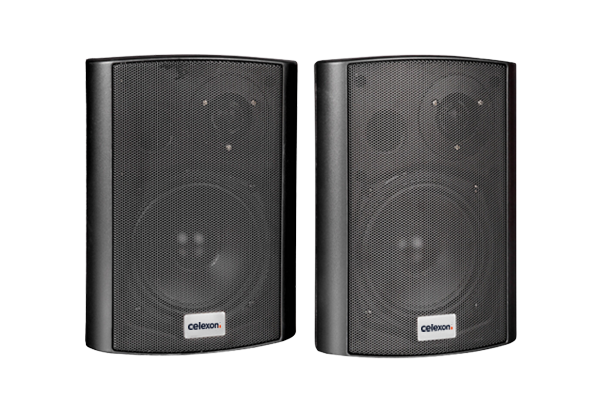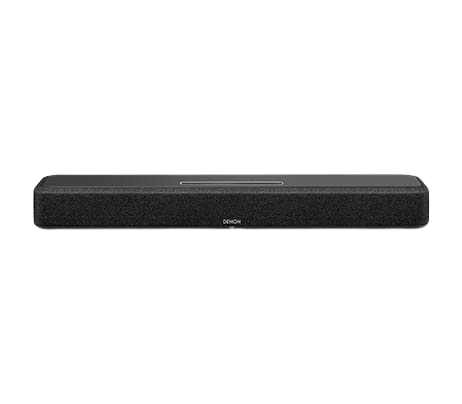Content
- Active projector speakers have their own power supply and therefore do not need a separate amplifier. They are often easier to install because they can be connected directly to the beamer. Passive speakers, on the other hand, require an external amplifier or receiver to amplify the audio signal. They are often more powerful and offer better sound quality, but may be more complicated to set up and are often slightly higher in price.
- The positioning of the speakers depends on the type of speakers and the size of the room. As a rule, they should be placed to the left and right of the screen for optimal stereo sound. If ceiling mounted, make sure the cable between the two speakers is long enough or interchangeable.
- Choosing the best projector speakers depends a lot on your individual needs. Some of the leading brands on the market are Denon, Yamaha and Dali. Each of these brands offers different models with different features and functions. You should base your decision on factors such as sound quality, Dolby and DTS support, value for money and customer service.
- When choosing a soundbar, you should first make sure that it is compatible with your projector. Also look for audio quality and whether it offers virtual surround sound if you want it to. Other factors may include design, size, a separate subwoofer and price. Some soundbars also offer features such as Bluetooth connectivity and built-in voice assistants.
- Connecting a soundbar to a projector is similar to connecting other speakers. Normally, you connect the soundbar to the projector via an audio cable that plugs into the audio output of the projector and the audio input of the soundbar. Some soundbars can also be connected wirelessly via Bluetooth if the projector supports this function. In this case, you must add the Soundbar as a device in the Bluetooth settings of your projector.
- How speakers are connected to a projector depends on whether they are active or passive speakers. With active speakers, you simply connect the audio cable (usually 3.5 mm jack or stereo cinch) from the beamer to the speaker and supply the speaker with power. With passive speakers, you need to connect the speaker to an AV or stereo receiver, which receives the audio signal from the beamer and passes it on to the speakers.
- Projectors with built-in speakers can be a practical solution, especially when mobility or lack of space is a factor. However, built-in speakers often cannot deliver the same sound quality as external speaker systems. If you want high quality sound, you should connect an external speaker or soundbar.


